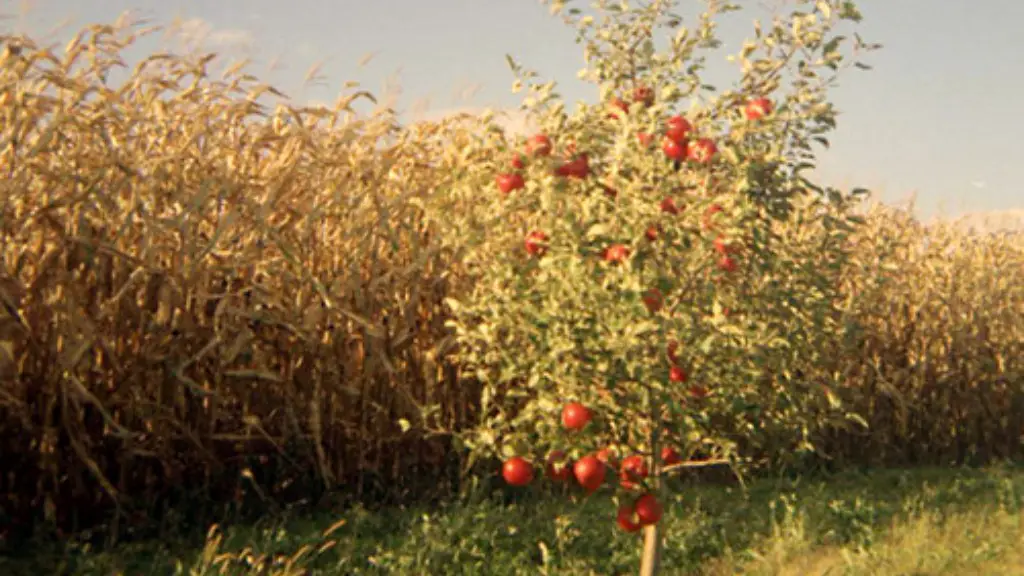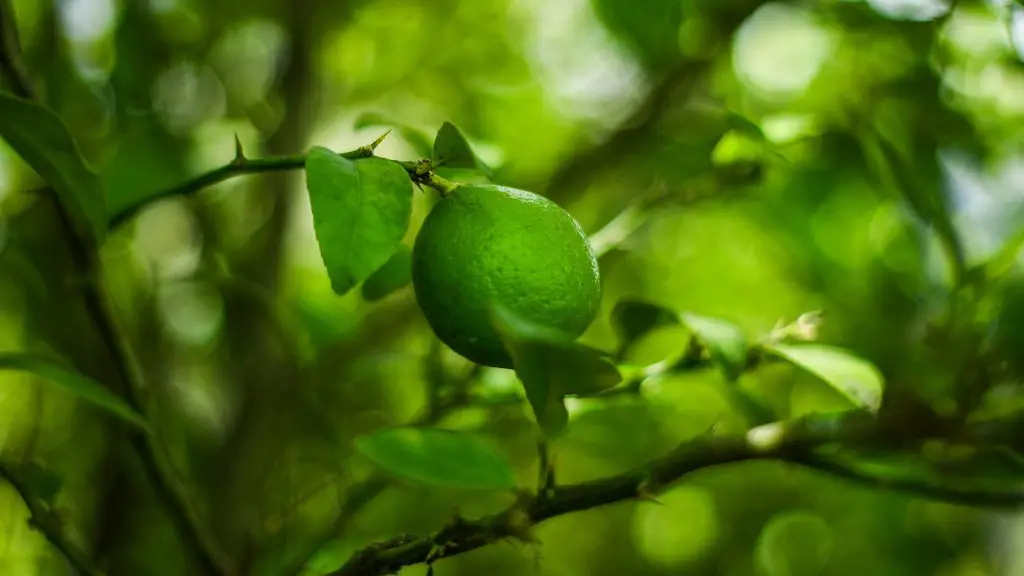Avocado trees are tropical fruits native to Mexico that are packed with nutrition and easy to plant. With a relatively simple process for planting and caring for an avocado tree, it’s no wonder that they have become a common sight in many people’s gardens. The avocado tree will bring a great deal of pleasure and satisfaction to any gardener that plants one.
It may surprise some, but california offers some of the best regions for planting avocado trees. Avocado is a subtropical tree and can tolerate temperatures as low as 19 to 20 °F or -7 to -6 °C. Areas with mild temperatures year-round, low amounts of rainfall, and deep, well-draining soil are ideal locations for avocado tree planting. Beach towns in California, such as those in San Diego, often provide these perfect conditions for avocado growth.
The best time for planting an avocado tree is in the springtime when days are getting longer and warmer. Planting in the fall is also an option, but it should be done at least two months before the first frost. It is recommended that trees be planted in the container they came in or in a bigger container if the tree is already grown. If the tree is planted directly in the ground, it should be done in a shallow trench, making sure to fill the trench with soil before planting the tree. The tree should be 8-10 feet from any other structure and as far away as possible from any other avocado tree.
Once planted, an avocado tree requires regular watering and feeding to stay healthy. Trees should be watered every other week – more frequently in areas with hotter summers – and receive twice annual fertilizer applications. During the first year the tree is planted, it should be trimmed back to help promote the desired shape. Pruning should also be done throughout the year to keep the tree healthy and productive. Additionally, annual preventive treatments are recommended to help keep disease and pests at bay.
Avocado trees have relatively high demands on water and nutrition so it’s best to select soil that has good drainage and fertility. A mix of good topsoil, soil amendment and compost are recommended. Feeding should be done twice yearly and topped up with mulch in the summer. Too much or too little water can damage the tree so appropriate irrigation methods should be used, such as drip irrigation or soaker hoses.
Another important part of successful avocado tree planting is choosing the right variety. Some popular types of avocado trees in California include Hass, Bacon, Fuerte, and Brogdon. Each variety has its own traits, such as size and skin color, which can affect the texture, flavor and ripening time of the fruit.
For those who are looking for a rewarding and enjoyable experience, planting, caring for, and harvesting an avocado tree is a great way to get more in touch with nature. Whether you are looking for a low-maintenance hobby or a great way to spend a few hours outdoors, planting an avocado tree is a great choice.
Harvesting the Avocado
When it’s time to harvest your avocado, the trick is to pick them at just the right time. You should wait until the fruit is dark green or slightly purplish in color, has a slightly soft flesh and can be harvested easily. This means that the avocado is ripe and ready to eat, but harvesting too early or too late can result in an unripe or overly ripe fruit. Different avocado varieties ripen at different times, so it’s important to keep track of when each tree’s fruit is ripe.
When harvesting, you should use pruning shears to cut the fruit off the tree and take care when handling as the avocado tree’s bark is very sensitive to damage. It is advisable to wear gloves to protect your hands from any sharp cutting tools you are using.
Once harvested, the fruit should be stored in a cool, dry area and can be used in many delicious dishes like guacamole or avocado toast. The harvested fruit can also be dried or frozen for longer-term storage.
Disease and Pest Management
Avocado trees are susceptible to both pests and diseases, so it is important to keep an eye out for potential problems. The most common pests to look out for include borers, mites, scale, and thrips, while fungal diseases such as verticillium wilt and root rot can also be a problem. Keeping your tree properly irrigated and pruned and applying preventive treatments are important steps to guard against potential pests and diseases.
If pests or disease affects the tree, it’s important to act quickly by applying appropriate treatments. Properly dealing with an infestation before it gets out of hand can help save the tree. Regularly inspecting the tree for signs of damage or disease, as well as being mindful of the watering and feeding requirements, can help keep your tree healthy.
Fruit Production
Many people are drawn to avocado trees for the delicious, nutrient-rich fruit they produce, but it is important to be aware that not all trees will produce fruit. It takes anywhere from three to seven years for an avocado tree to begin producing fruit, and some varieties may never bear fruit, so it is important to select a variety that is known to grow fruit.
The amount of fruit a tree produces differs from variety to variety, as well as factors such as soil type and climate. Trees planted in an environment with good soil and fertility, along with irrigation and nutrient management and regular pruning, will produce more fruit than those planted in poorer environments.
Protection for the Avocado Tree
Avocado trees are hardy and can withstand frost and a range of weather conditions but should be protected from extreme cold and extended periods of high temperatures. During winter months, it is recommended to wrap avocado trees with burlap to protect them from extreme cold or to move them indoors if possible. Trees should also be kept away from wind, which can dry out the soil quickly.
A cold-protection strategy will also help with potential pest and disease issues. Most pests will not be able to survive prolonged periods of cold and can be killed off before they become a problem. Additionally, providing winter protection can reduce the potential for fungal disease to take hold.
Care and Maintenance of the Avocado Tree
Keeping up with regular maintenance is an important part of nurturing an avocado tree. While the exact care and maintenance needed will vary from tree to tree, there are some general guidelines that can be followed. Pruning is essential for any avocado tree, as it will help to maintain its shape and size, as well as increase fruit production. Regular watering according to tree type and soil type, as well as yearly fertilizer applications and preventive treatments, are also essential for an avocado tree to stay healthy.
Harvesting can also be a great way to keep the tree healthy as it allows for trees to produce a larger harvest. Collecting fallen fruit from the ground can also help with pest and disease management, as the fallen fruit can be a point of entry for potential pests or diseases.
Conclusion
Planting an avocado tree can be a rewarding experience, with the potential to provide fruits of many varieties and a range of health benefits. The key to having a successful avocado tree is in selecting the right variety, providing the necessary care and maintenance, and taking the necessary steps to protect the tree in extreme weather conditions. With a bit of know-how, avocado trees can be planted and cared for to provide tasty, nutritious fruit for many years.



